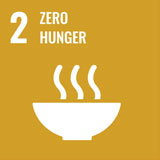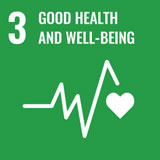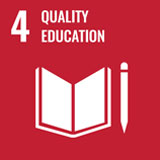A total of three Christoph Bettermann Schools in Uganda give disabled children, who would otherwise have no chance of receiving an education, the possibility of going to school and learning.
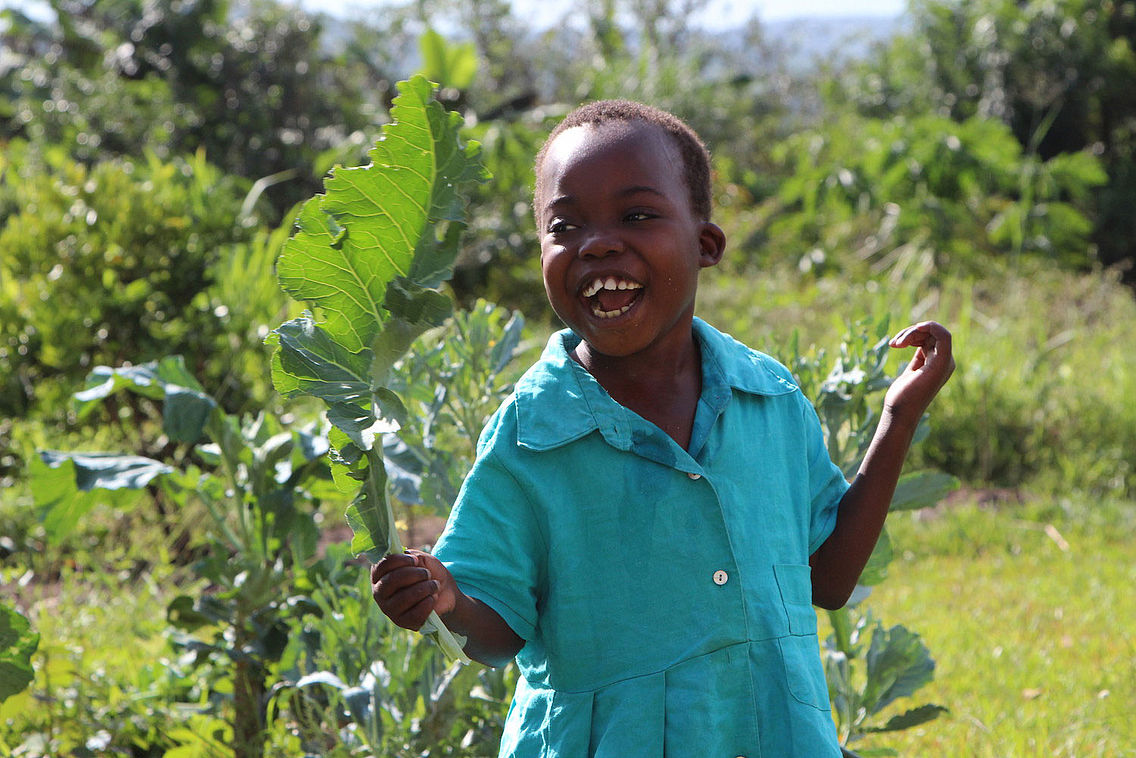
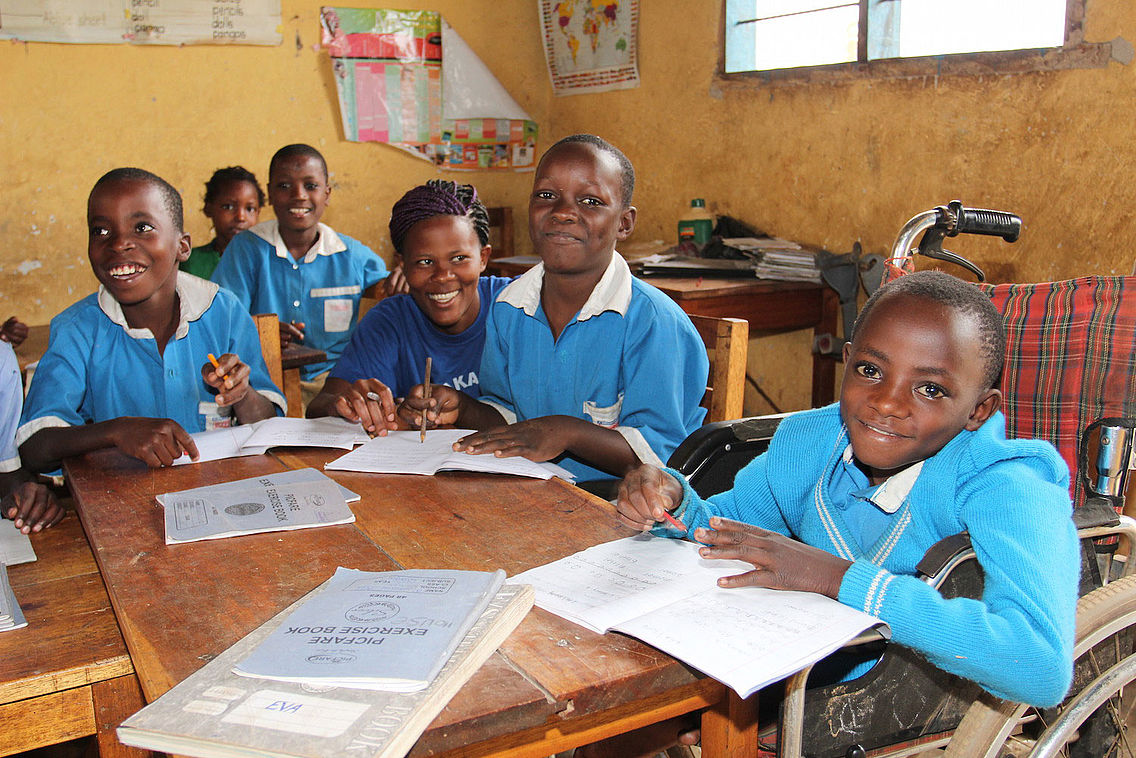
In 2012, the first Christoph Bettermann School was founded in the Mubende district, thanks to donations. Around 440,000 people live here. Some 400 children are educated at the Christoph Bettermann School and receive basic education for a period of eight years. Orphans and children living a long distance away are also given the opportunity to receive an education and are housed in the school's own dormitory. Medical clinics, therapy and care facilities are also an integral part of the school.
"I know how important help is. Many people have helped me and I want to pass a part of this on."
Christoph Bettermann, School Patron
For Ulrich Bettermann, Chairman of the Administrative Board of the OBO Bettermann Group, this commitment has a very personal background. His youngest son, Christoph, is confined to a wheelchair. The partner in the creation of the Christoph Bettermann Schools was the association "Kindern eine Chance" ("A Chance for Children"). Since 2008, the association has primarily been active in Africa, helping children with AIDS.
Over the years, the school has been expanded gradually. The second school was founded in the East African state in the summer of 2015. Holiday programmes for families with disabled children have taken place regularly here.
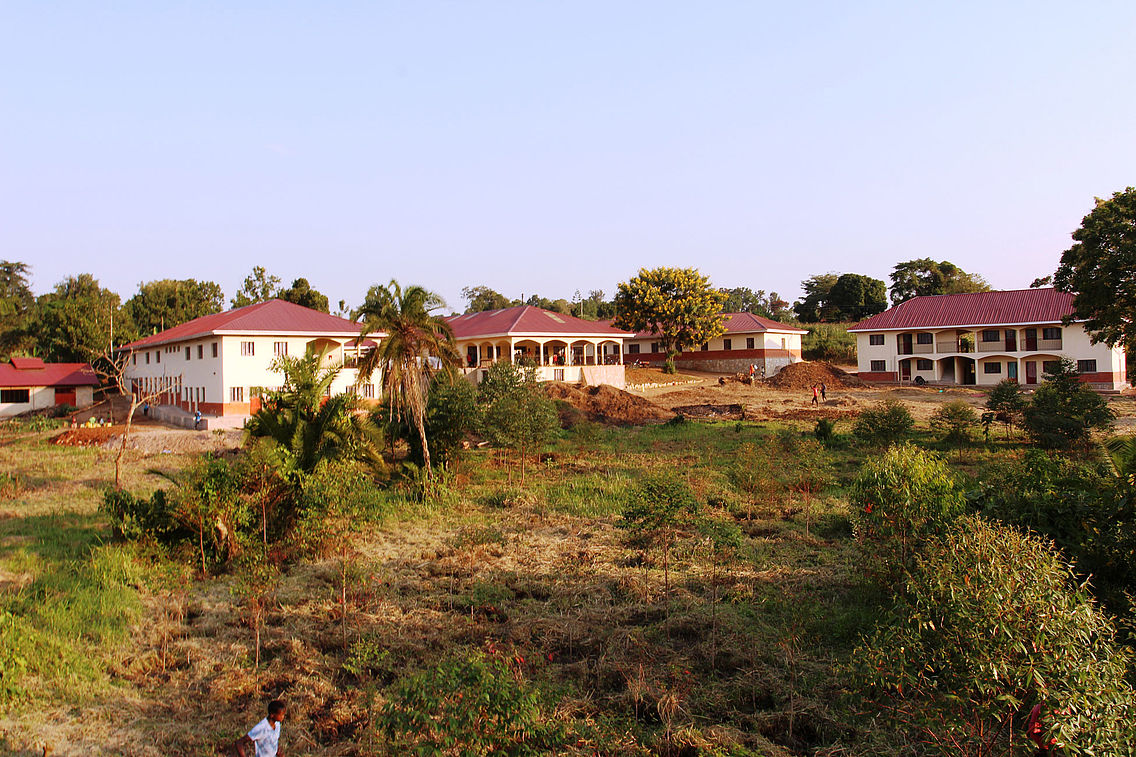
In the meantime, the third Christoph Bettermann School has been completed. It is the most generous project which the "Kindern eine Chance" (A Chance for Children) association has been able to implement with the support of OBO. Here, 600 children, 100 of whom have physical and mental disabilities, have access to education.
The core of the Christoph Bettermann Schools is the greatest possible promotion of children's independence, enabling them to actively participate in society later on. For some children, the Christoph Bettermann School was the launchpad to normal schooling. This was made possible by the intensive therapeutic treatments.
The schools also place great emphasis on connecting to the village community. This increases awareness and acceptance of people with impairment in the village community.
This project corresponds to the following sustainability goals of the United Nations
